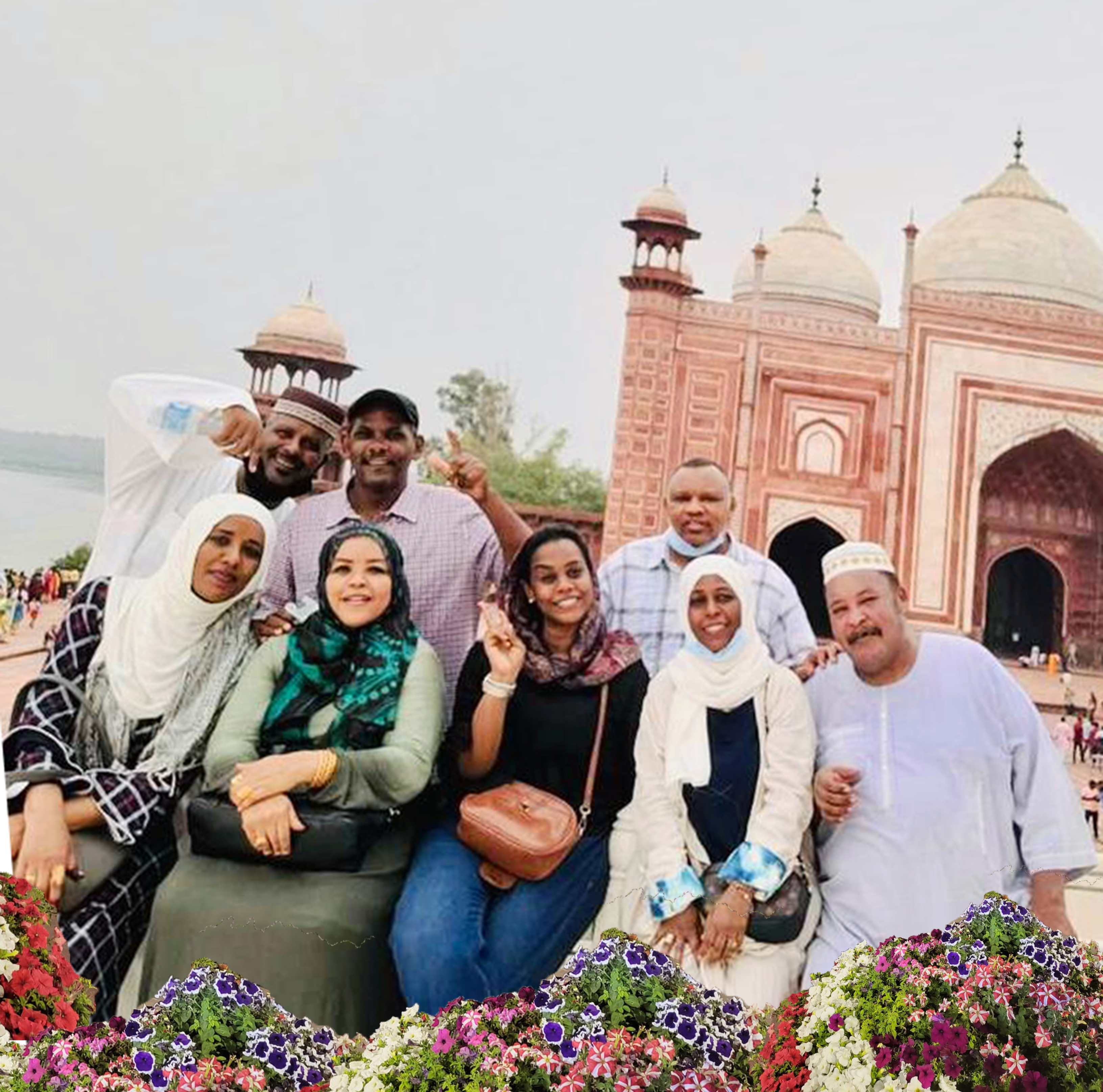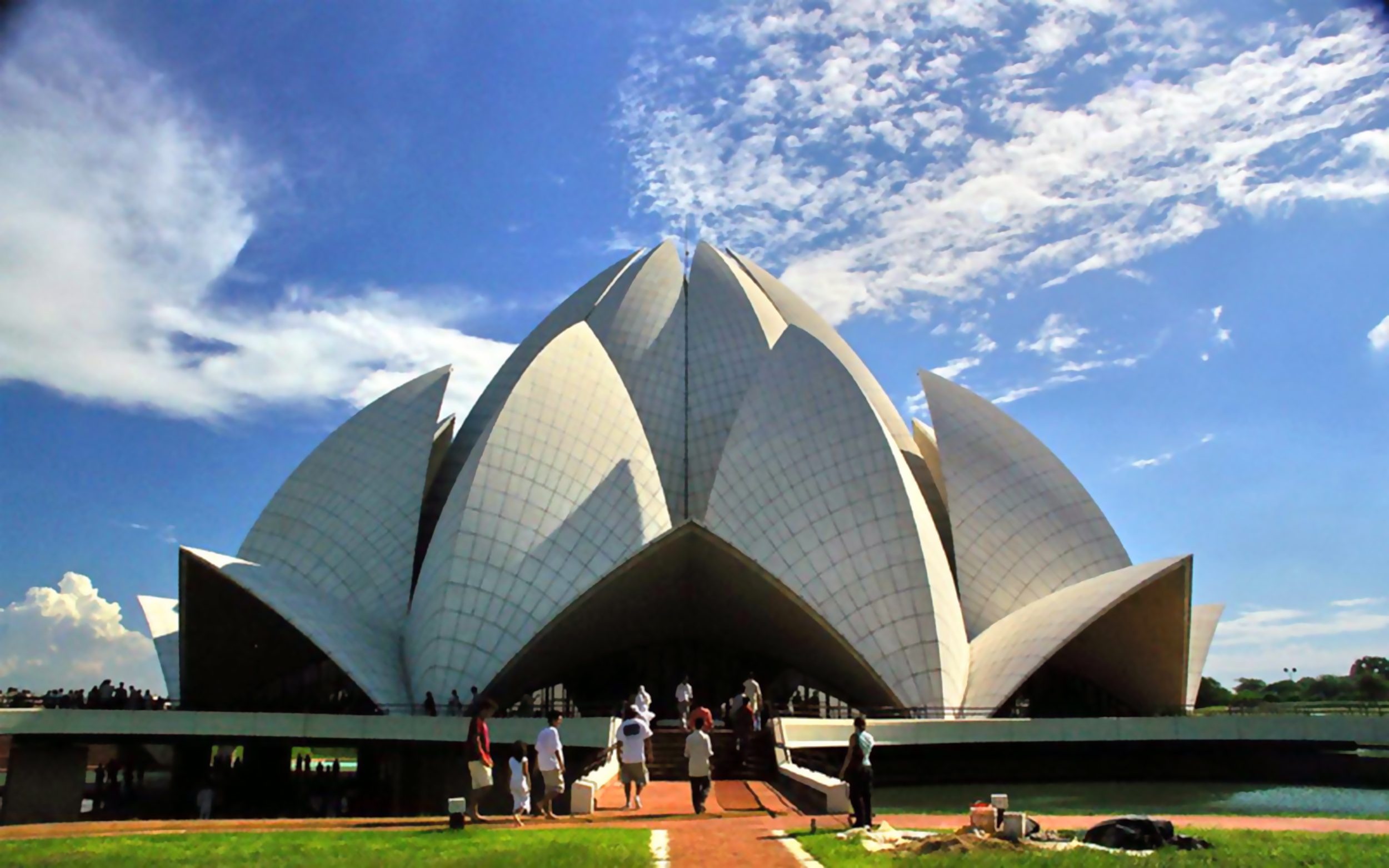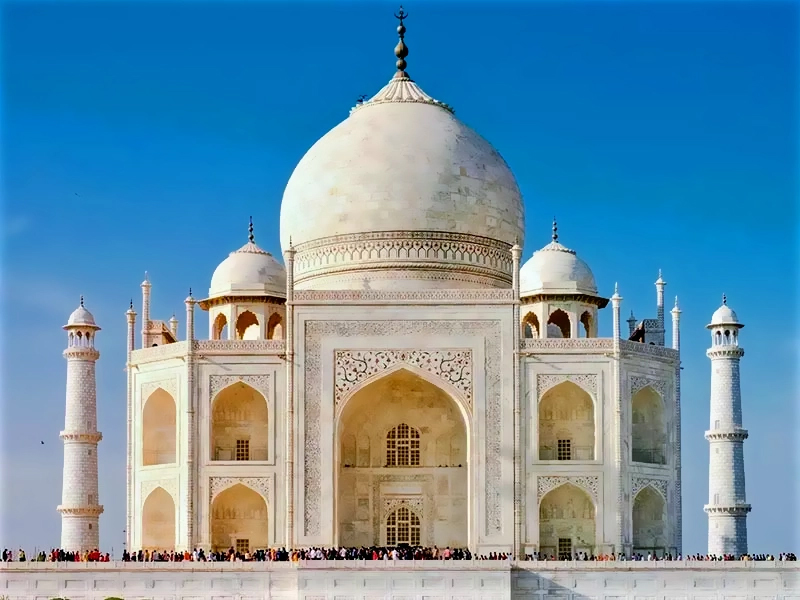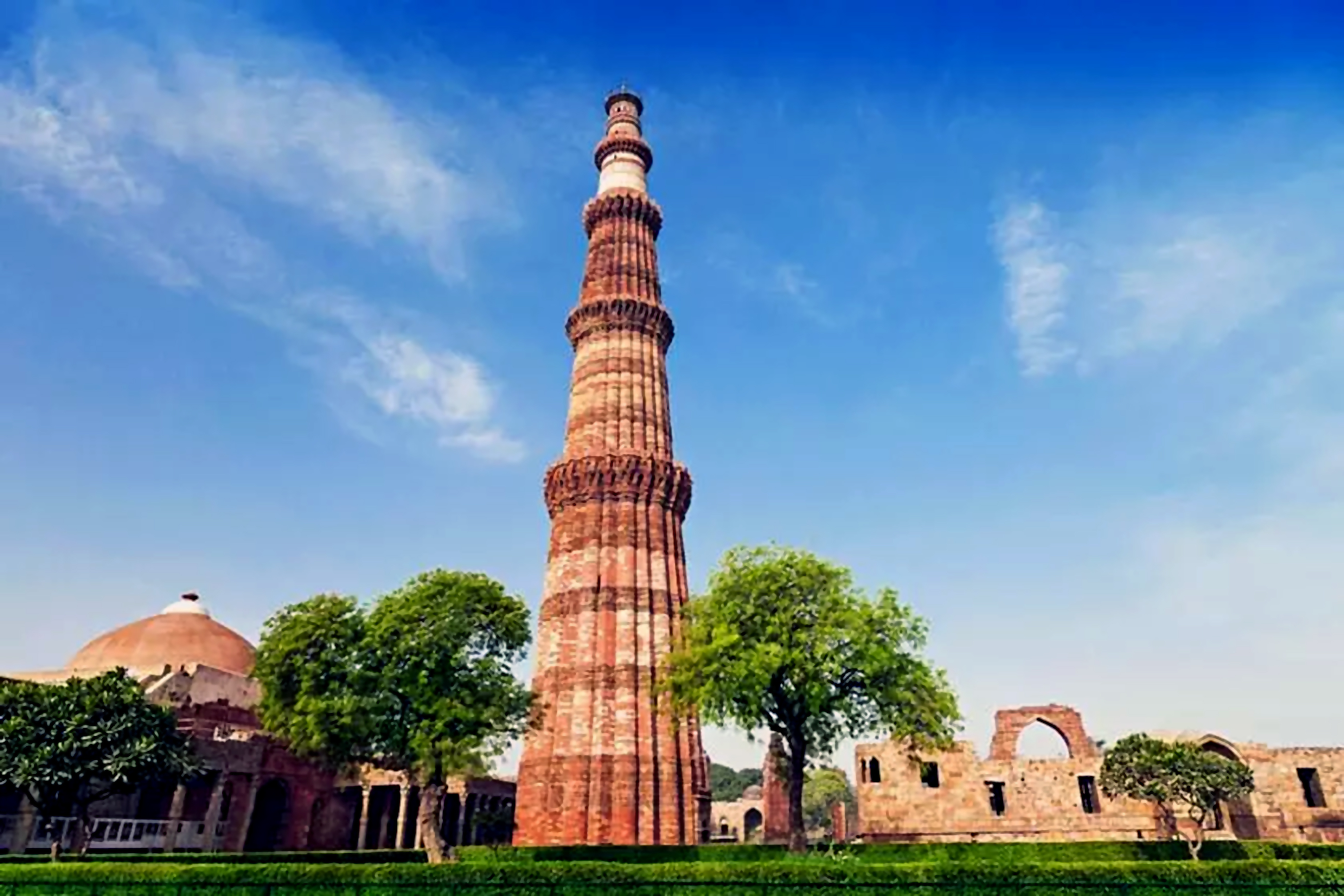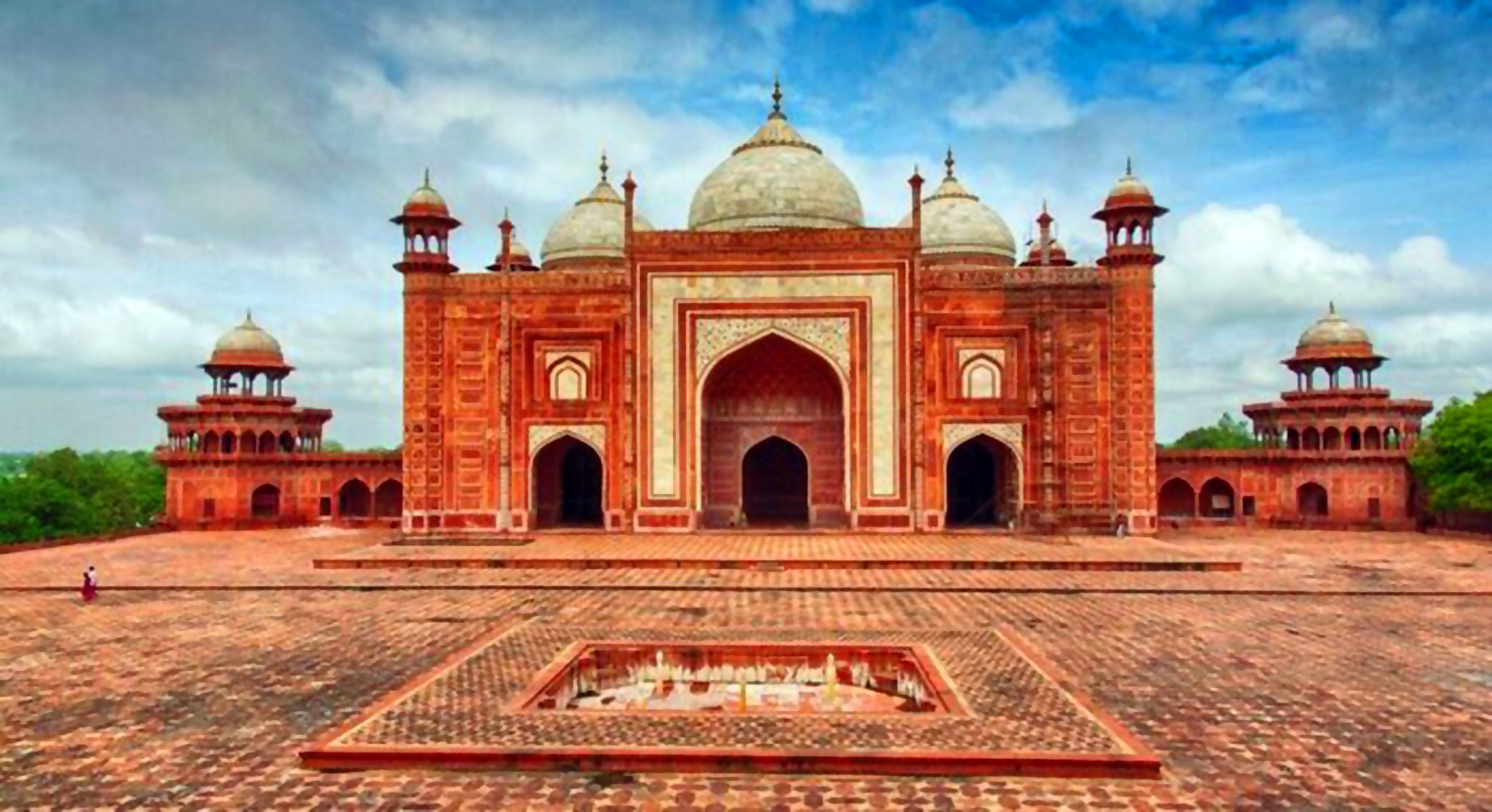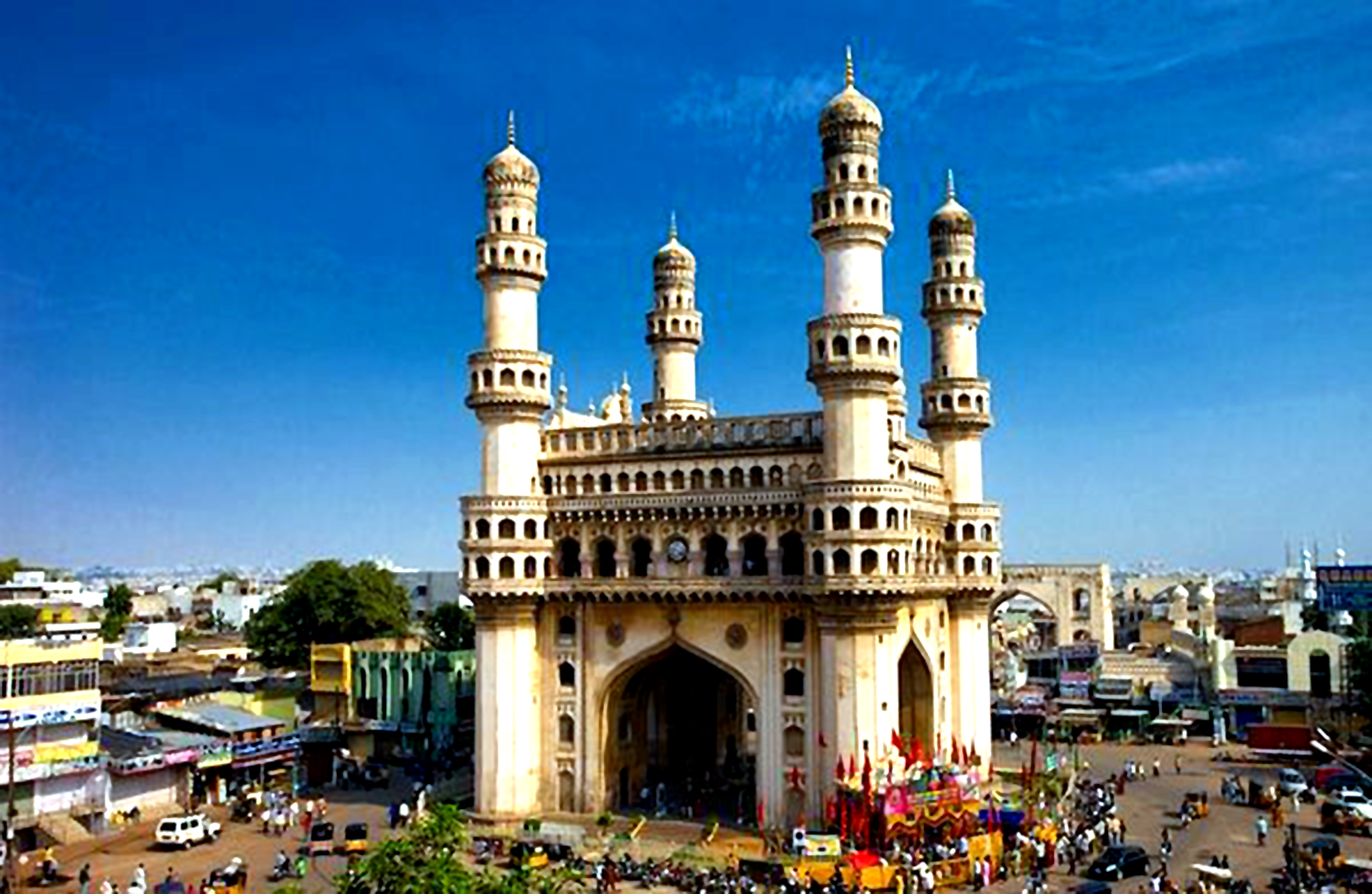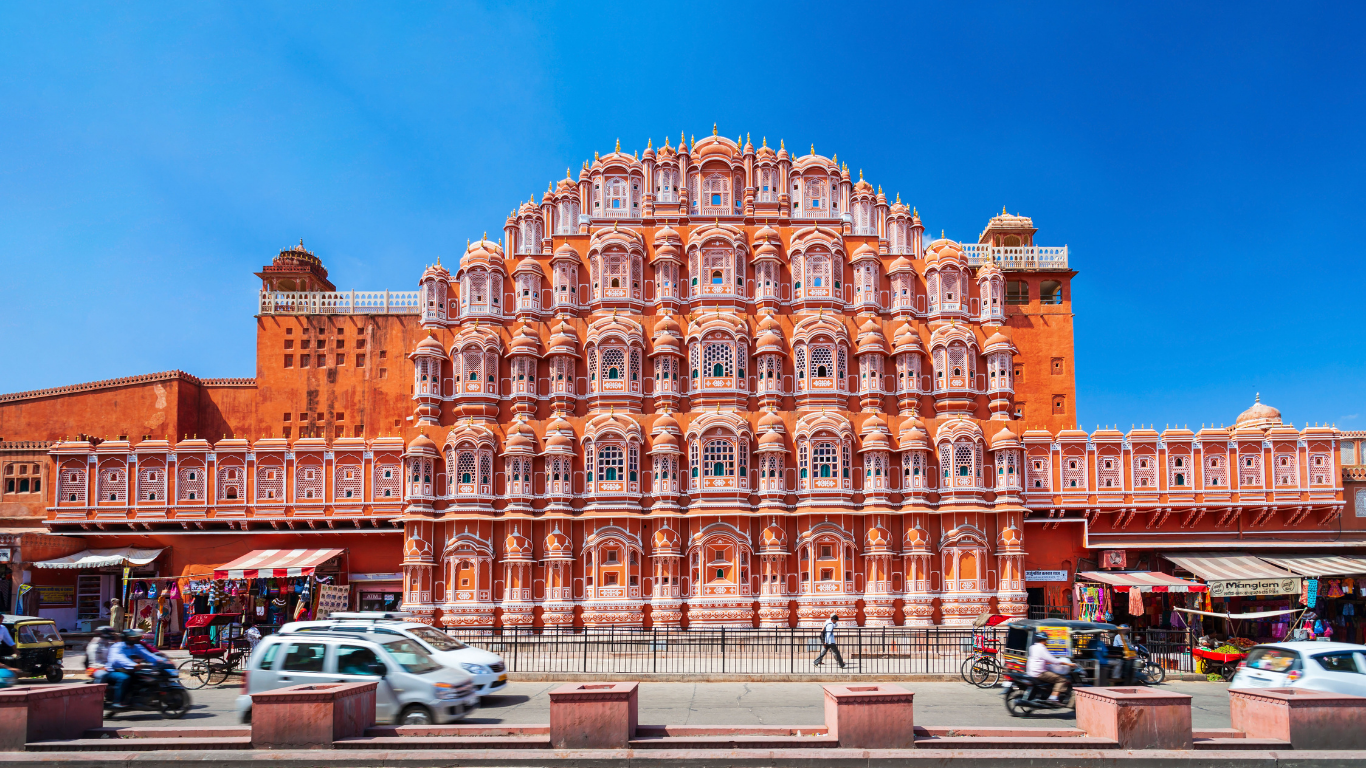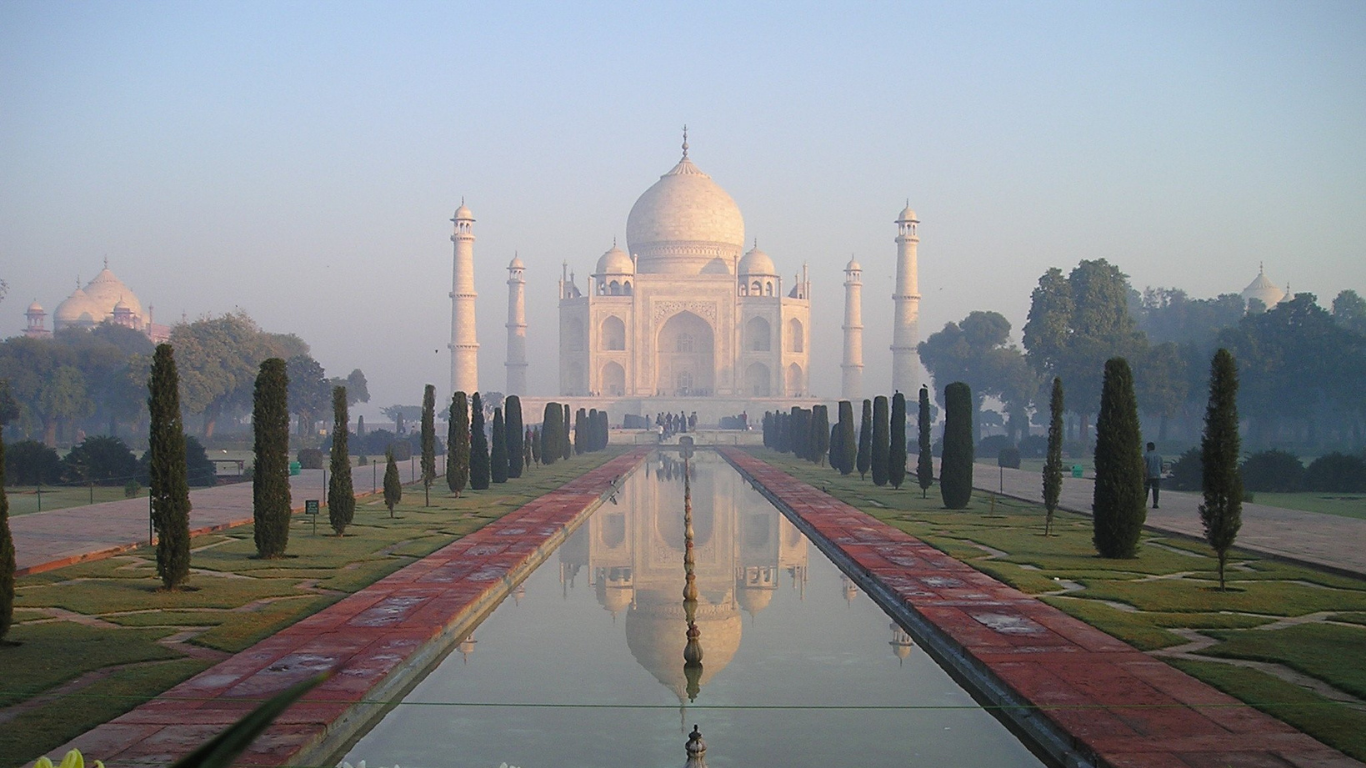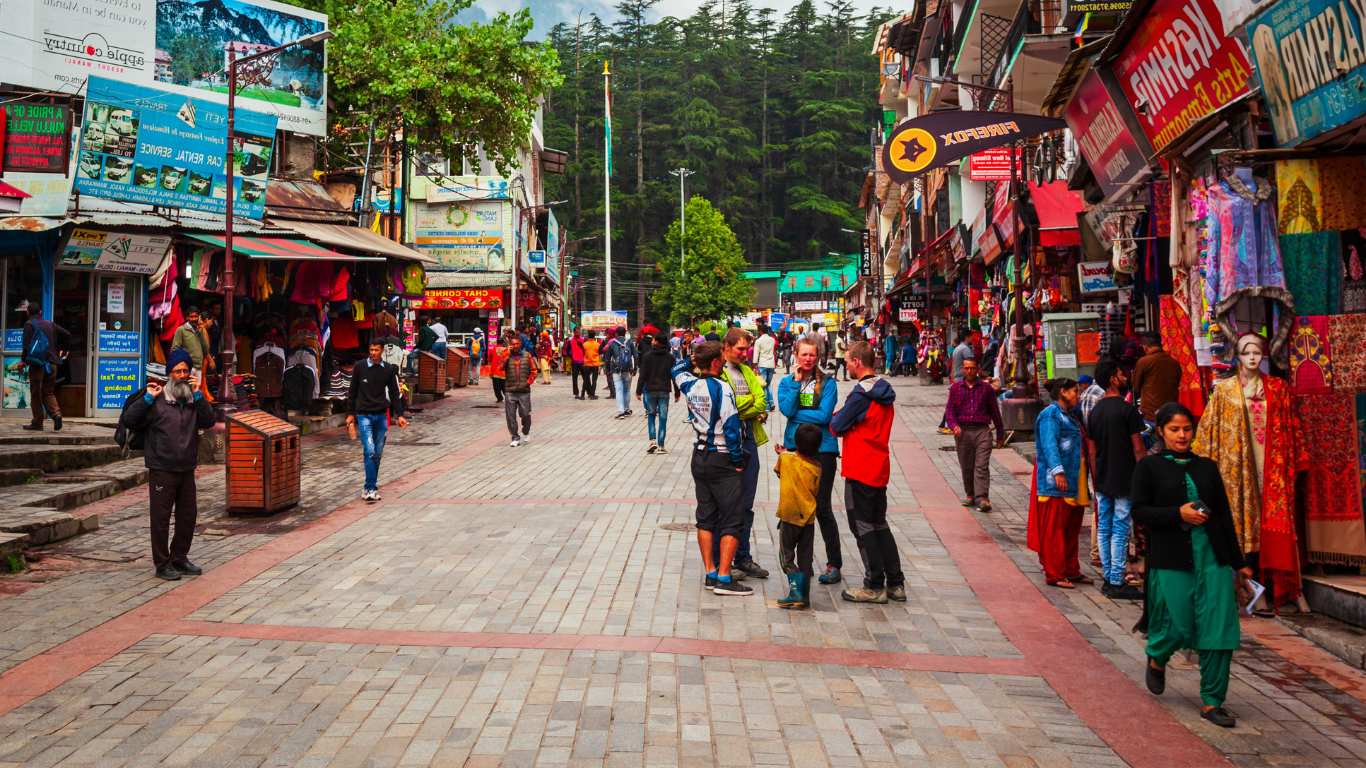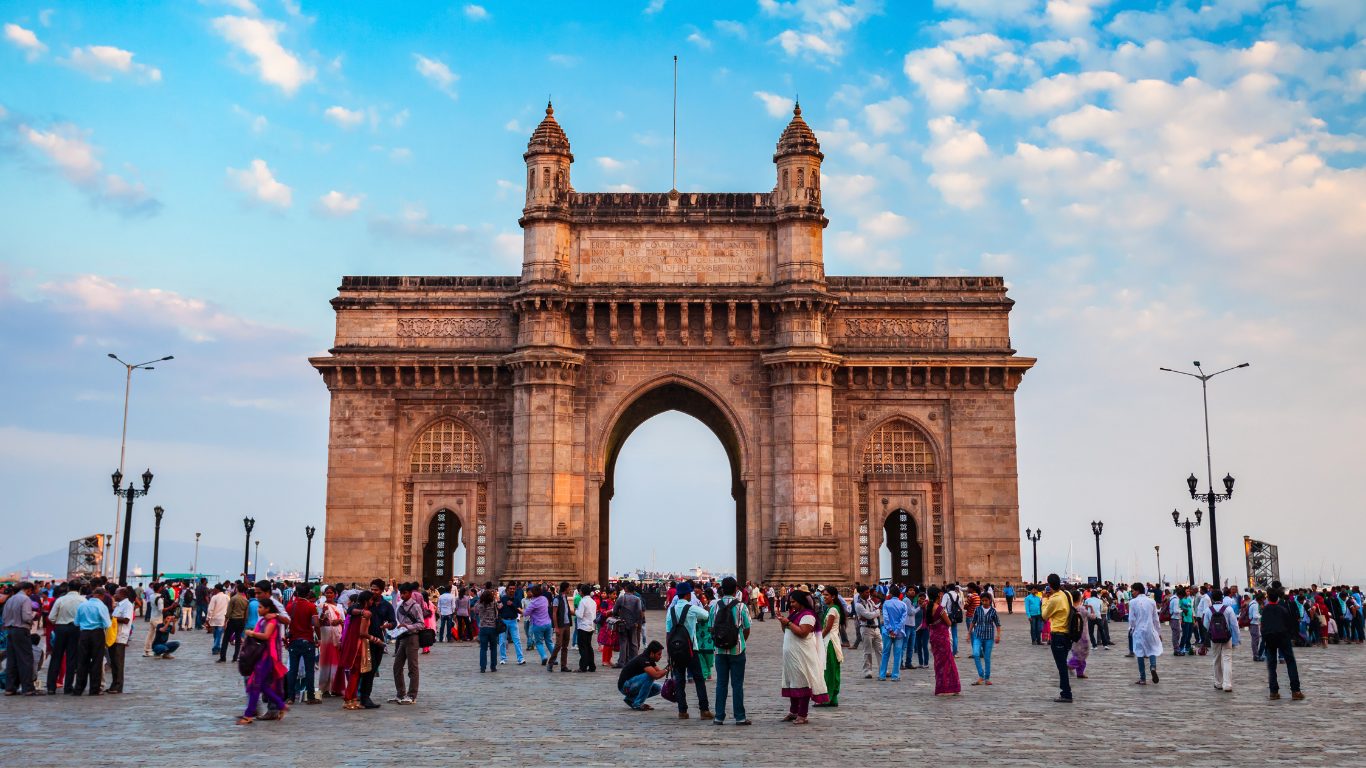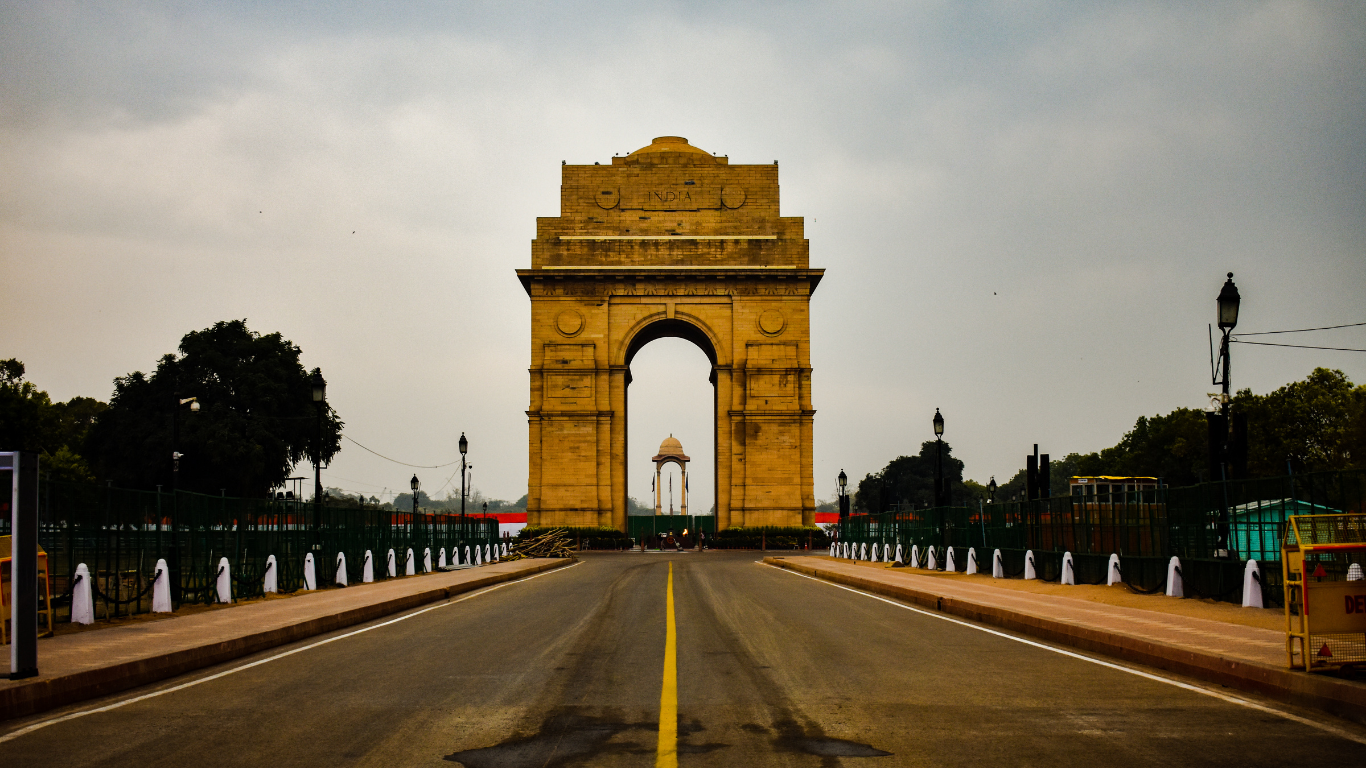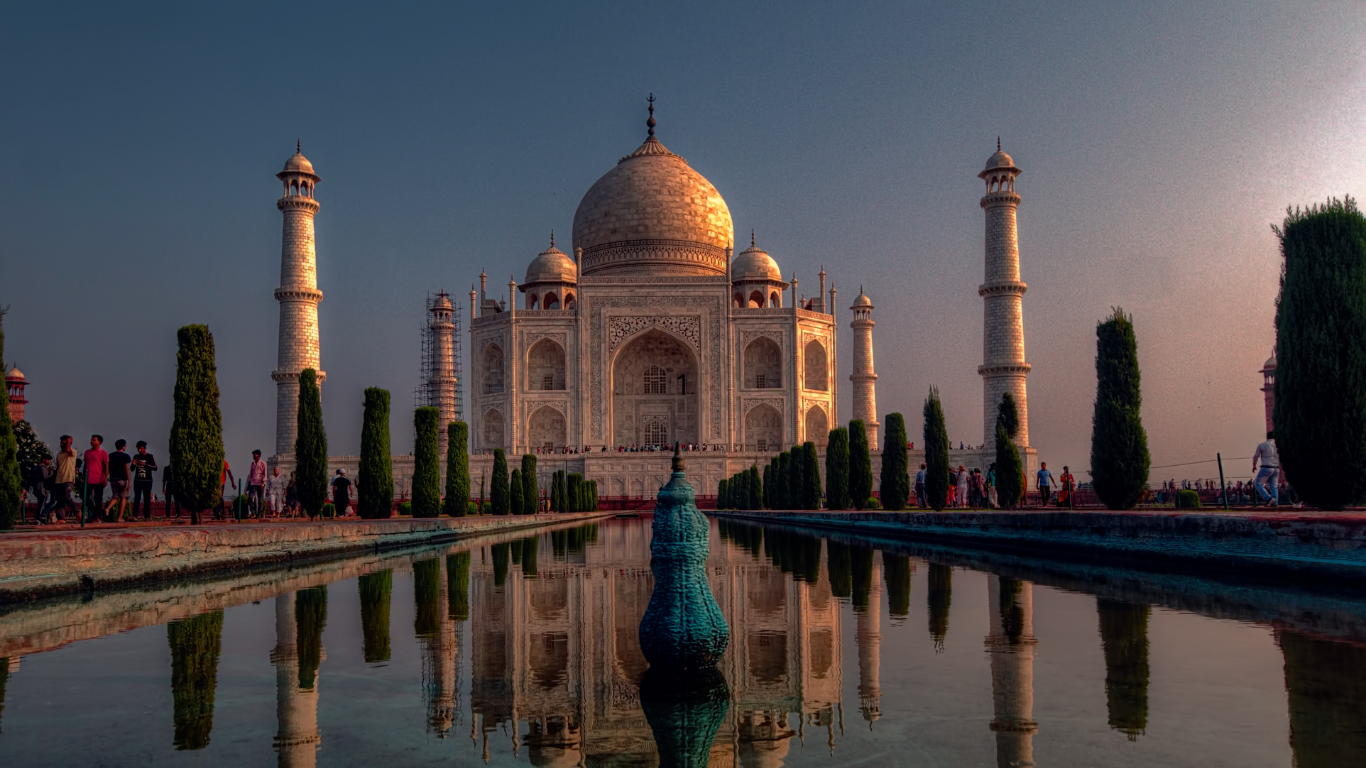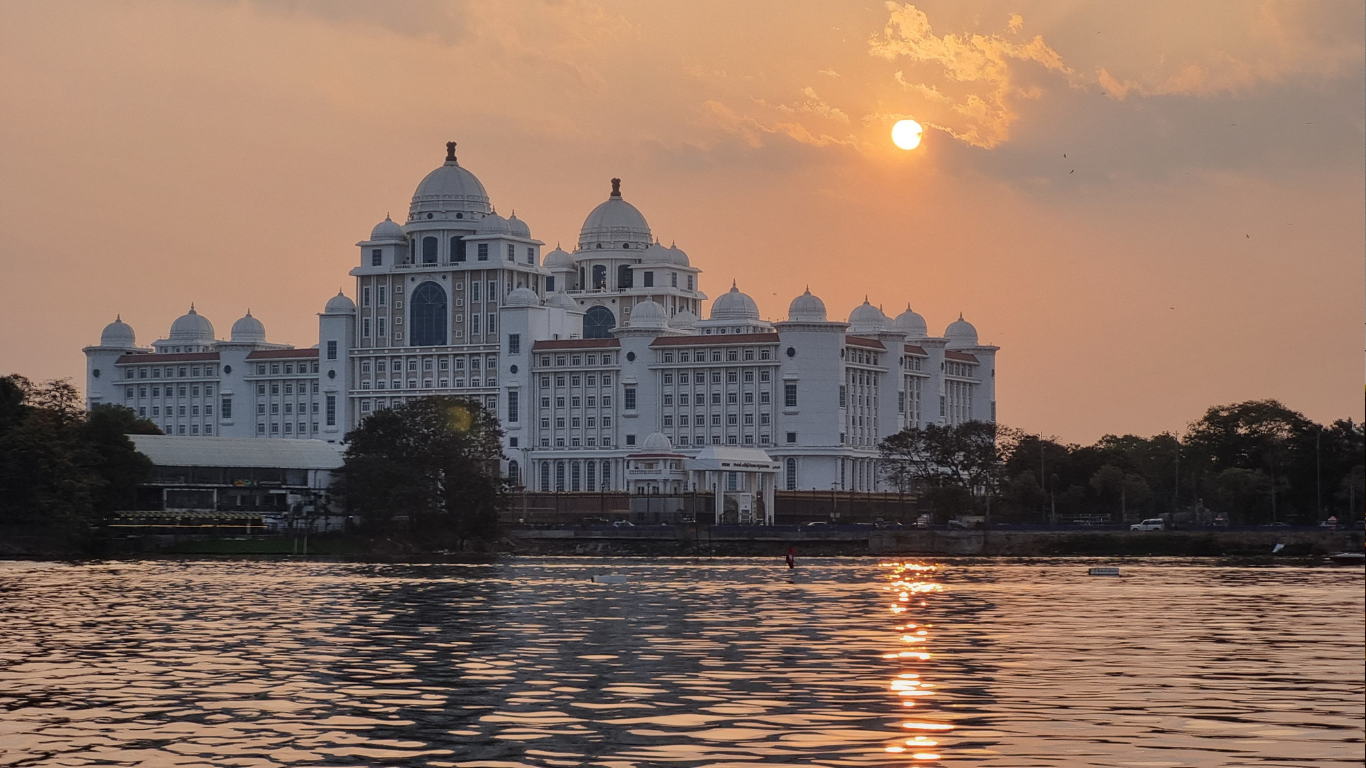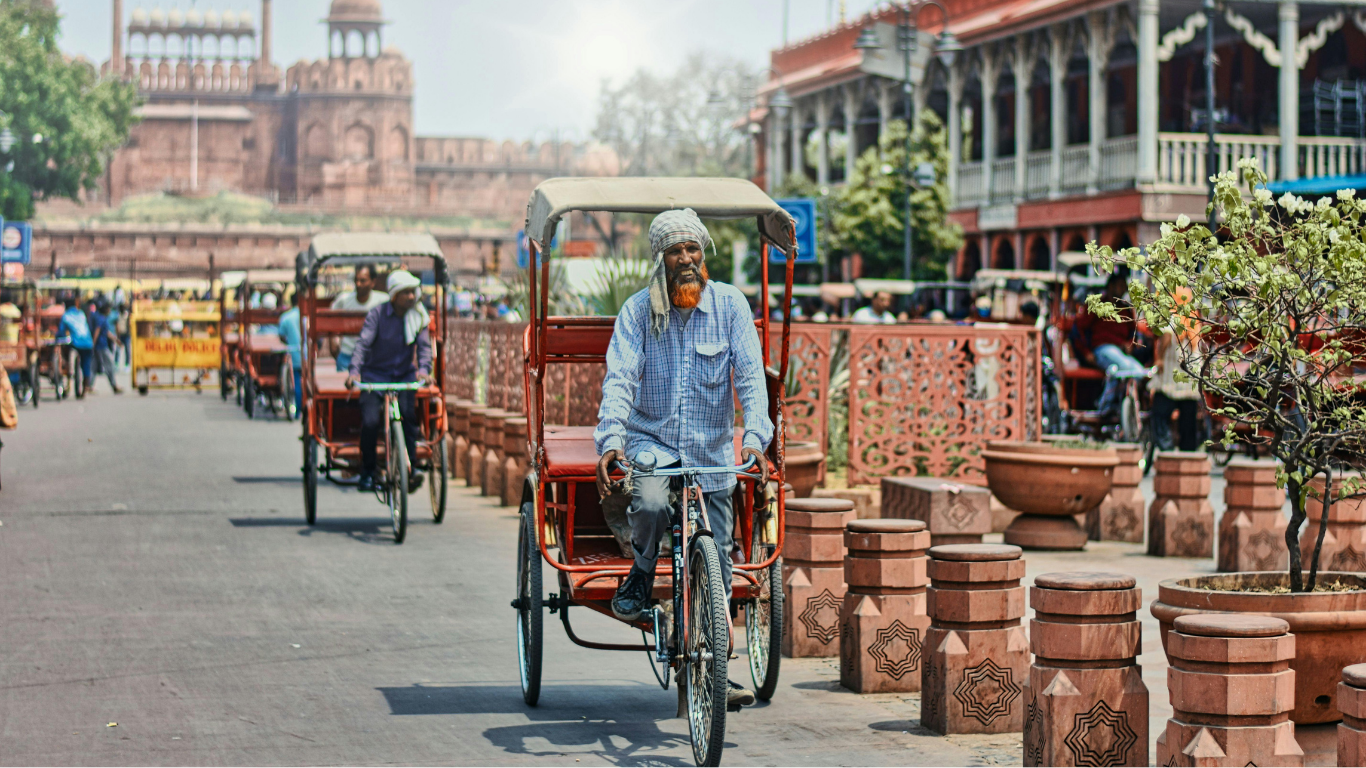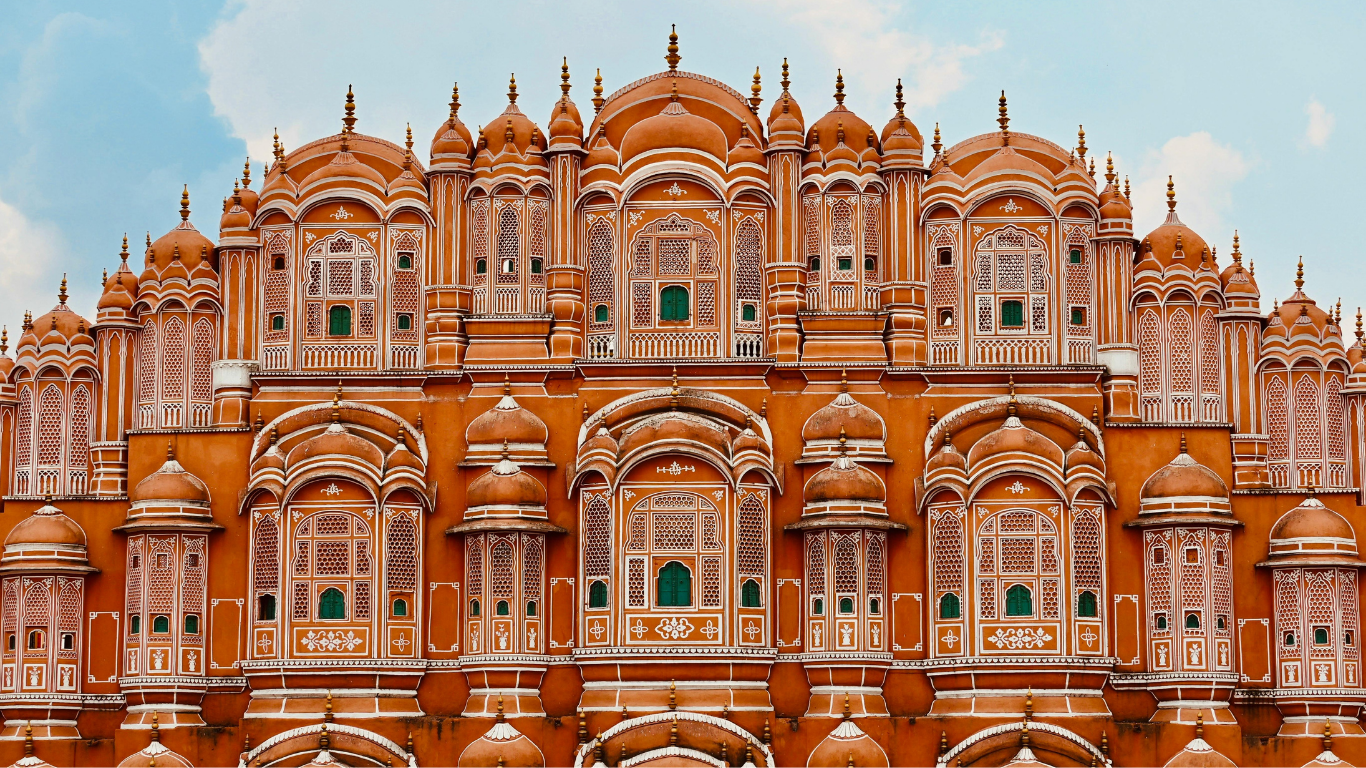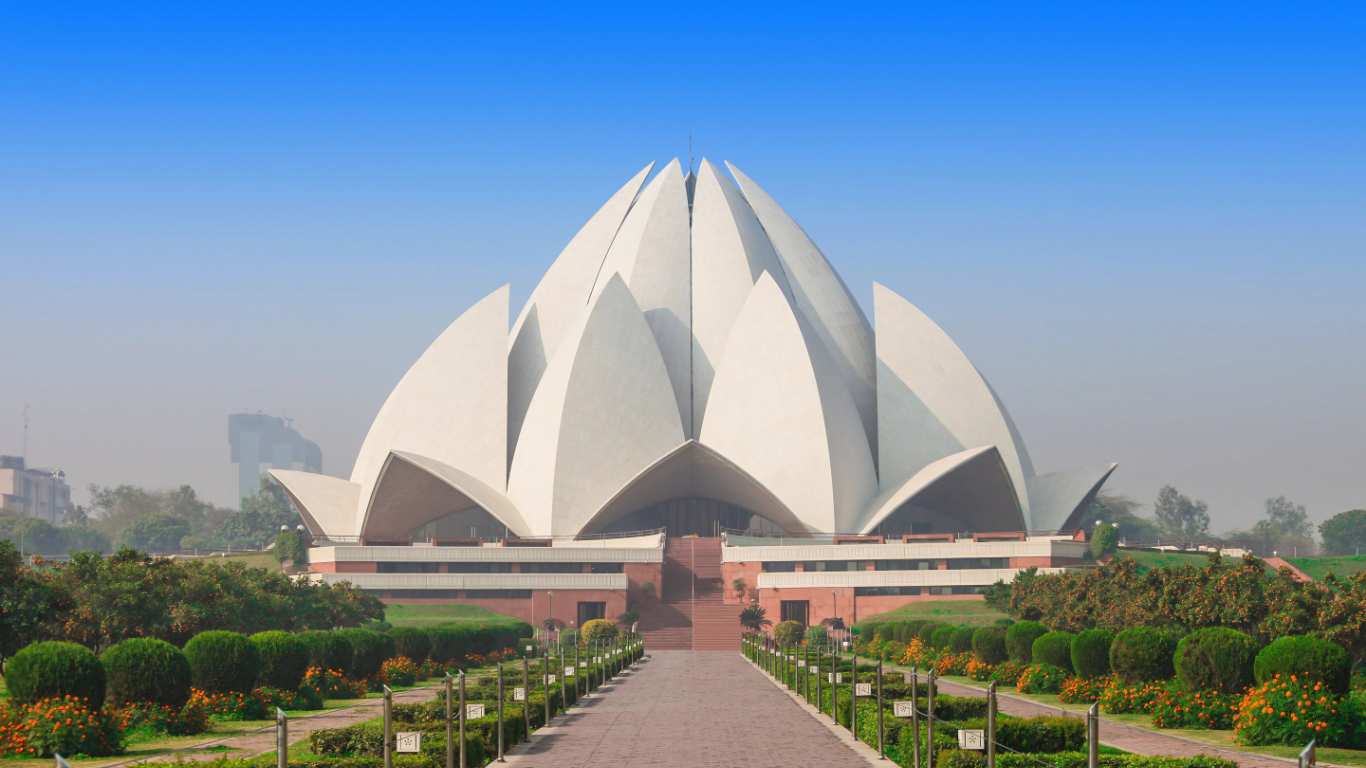
- Home
- about us
- hospitals
- Neurology hospitals
- Heart hospitals
- Cancer/Oncology Hospitals
- Bone and Joint Hospitals
- Digestive system hospitals
- Liver hospitals
- Kidney and urology hospitals
- Hematology hospitals
- Diabetes and Endocrinology Hospitals
- IVF centers
- Andrology Clinics
- ENT hospitals
- Eye hospitals
- Dental clinics
- Radiology and Ultrasound Centers
- cosmetic clinics
- Blood analysis centers
- Treatment in India
- Neurology
- Treatment of heart disease
- Cancer / Tumors
- Liver treatment and transplantation
- Proton therapy
- spine and cartilage
- Kidney transplantation
- Bone marrow transplantation
- Kidneys and urinary tract
- Treatment of blood diseases
- Diabetes and Endocrinology
- IVF and fertility
- Male diseases and infertility
- Ear, Nose and Throat
- Ophthalmology
- dentistry
- plastic surgery
- Medical tests
- Study in India
- Medical tourism
- doctors
English
- Home
- about us
- hospitals
- Neurology hospitals
- Heart hospitals
- Cancer/Oncology Hospitals
- Bone and Joint Hospitals
- Digestive system hospitals
- Liver hospitals
- Kidney and urology hospitals
- Hematology hospitals
- Diabetes and Endocrinology Hospitals
- IVF centers
- Andrology Clinics
- ENT hospitals
- Eye hospitals
- Dental clinics
- Radiology and Ultrasound Centers
- cosmetic clinics
- Blood analysis centers
- Treatment in India
- Neurology
- Treatment of heart disease
- Cancer / Tumors
- Liver treatment and transplantation
- Proton therapy
- spine and cartilage
- Kidney transplantation
- Bone marrow transplantation
- Kidneys and urinary tract
- Treatment of blood diseases
- Diabetes and Endocrinology
- IVF and fertility
- Male diseases and infertility
- Ear, Nose and Throat
- Ophthalmology
- dentistry
- plastic surgery
- Medical tests
- Study in India
- Medical tourism
- doctors
English
